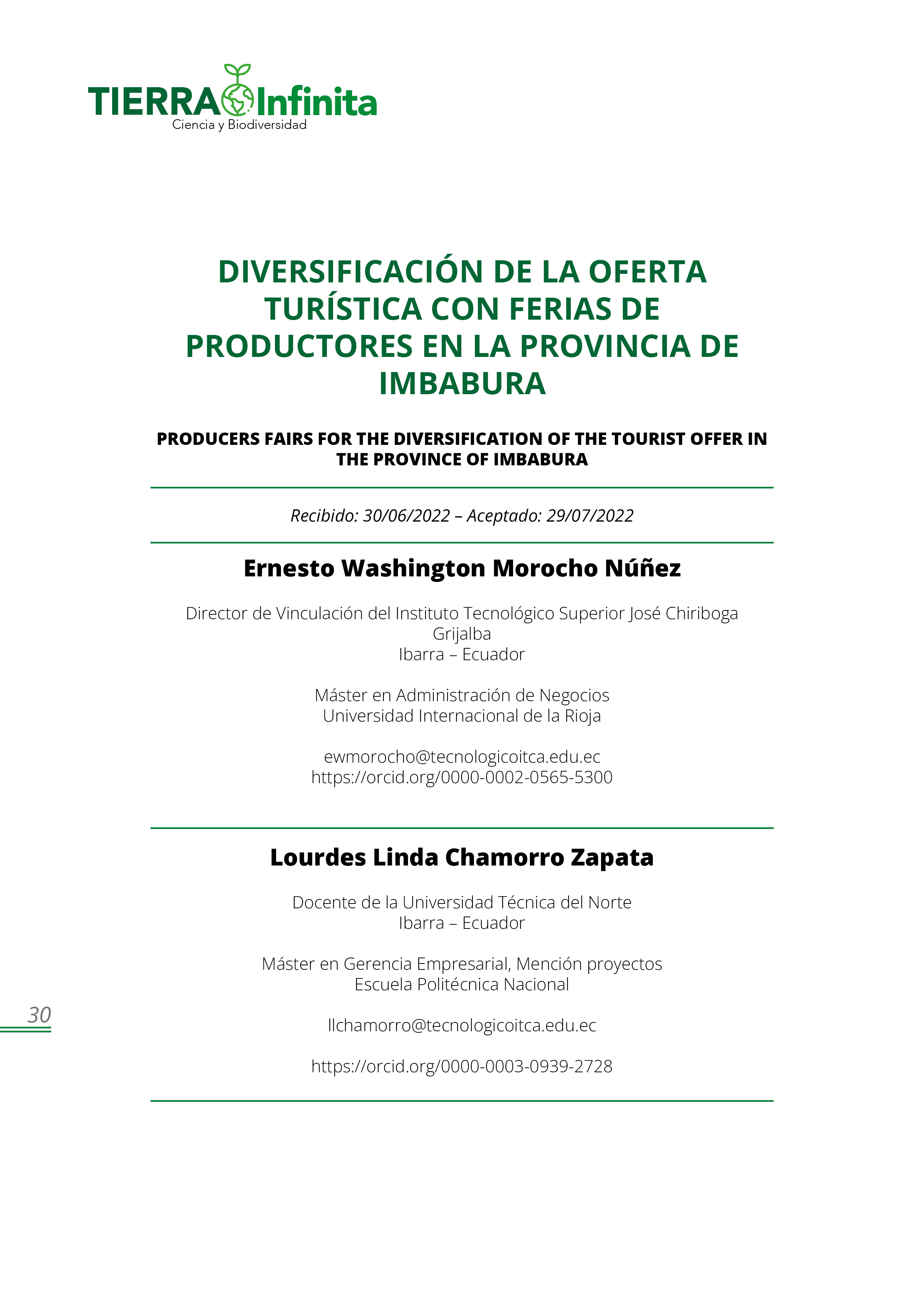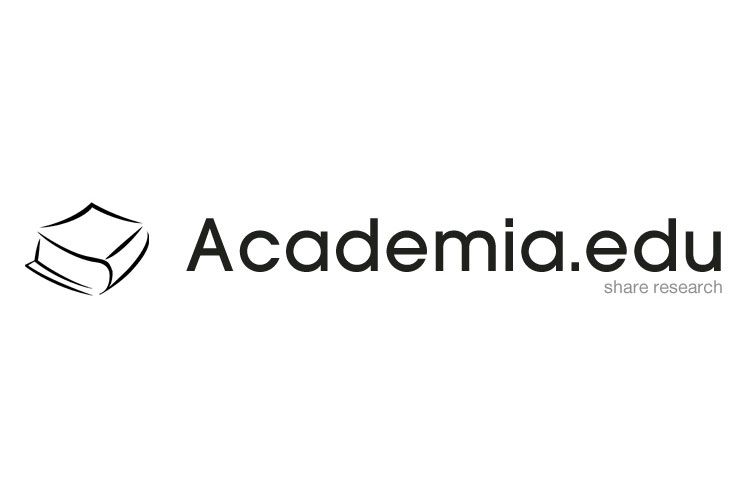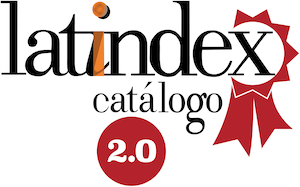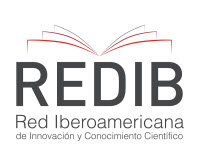Producers fairs for the diversification of the tourist offer in the province of Imbabura
DOI:
https://doi.org/10.32645/26028131.1152Keywords:
Alternative marketing circuits, agro ecological, organic, semi-organic, ancestral, security, sovereigntyAbstract
The Ministry of Agriculture and Livestock as a public sector body, in its capacity as technical production advisor, has promoted the commercialization of agro ecological products through the Alternative Marketing Circuits of small producers where Several products are sold that come from the different altitude levels, highlighting its institutional need to promote this project, since it constitutes the economic support of one hundred and fifty thousand families in the province of Imbabura, mainly from its rural parishes. A qualitative and quantitative study was carried out, supported by the deductive method, the purpose of which is to analyze producer fairs as a tourist attraction to diversify the tourist offer of the province of Imbabura. An operational technical sheet (observation) was applied to the producers of the agro-ecological fairs in Imbabura. It was possible to show that the nine fairs have a great supply potential of organic and semi-organic products from the Alternative Marketing Circuits of the province of Imbabura, their production still ancestral, maintained from generation to generation, occupied in filling the basic basket family with products that allow to cover the security and food sovereignty of the families.
References
- AGROCALIDAD. (2017). Inocuidad de alimentos. (ed.) Buenas prácticas agrícolas. Quito Ecuador. Disponible en www.agocalidad.gob.ec.
- Andrade, C. y Ayaviri, D. (2018). Demanda y consumo de productos orgánicos en el cantón Riobamba, Ecuador. Revista Scielo. Inf. Tecnol. Vol. 29. N. 4. Disponible en http://dx.doi.org/10.4067/s0718-07642018000400217
- Chávez, J. y Burbano, R. (2021). Cambio climático y sistemas de producción agroecológica, orgánico y convencional en los cantones Cayambe y Pedro Moncayo. Revista Latinoamericana de Estudios Socioambientales. N. 29. ISSN 1390-6631. Disponible en doi.org/10.17141/letrasverdes.29.2021.4751
- Huertas, T., Cuétara, L., Jiménez, B. y Pilco, E. (2020). El aprovechamiento sostenible del turismo rural de Ecuador. Caso de estudio: Cantón Mocha, Provincia de Tungurahua de Ecuador. Revista Espacios. ISSN 07981015. Vol. 41. N. 07.
- Llugsha, V. (2021). Turismo y desarrollo desde un enfoque territorial y el covid-19. Serie Territorios en Debate. Segunda Etapa. Ediciones Abya Yala. ISBN: 9789942097538. Primera edición.
- Revista Científica. (2019). Ecuador es Calidad. Volumen 6. Número 1. DOI. https://doi.org/10.36331/revista.v6i1
- Saráuz, L., Pinargote, L., Brucil, J., Lara, L., Dávalos, V., Espinoza, R., Guerra, E., Aragón, G., Castro, L. Villegas, C., Pérez, R. y Rhea, B. (2019). Aporte al Sector Turístico en la provincia de Imbabura: Diagnóstico de la oferta y Demanda. Editorial Universidad Técnica del Norte. Ibarra.
- Vargas, J.(2016). Posicionamiento de la Producción Orgánica y local en la Agroindustria. Revista Razón y Palabra. Universidad de los Hemisferios. Vol. 20. Número 94. Disponible en http://www.redalyc.org/articulo.oa?id=199547464044.

Downloads
Published
Issue
Section
License
Copyright (c) 2022 Ernesto Washington Morocho Núñez, Lourdes Linda Chamorro Zapata, Manuel Armando Chamorro Rosero, Jesús Ernesto Ortega González, Diego Ramiro Borja Chalacán, Yomaira Paola Enríquez Ruíz

This work is licensed under a Creative Commons Attribution-NonCommercial-NoDerivatives 4.0 International License.
El autor mantiene los derechos intelectuales y morales de su obra, autorizando a la editorial de la Revista Tierra Infinita la difusión y divulgación de su contenido con fines estrictamente académicos y de investigación, sin fines de lucro.










